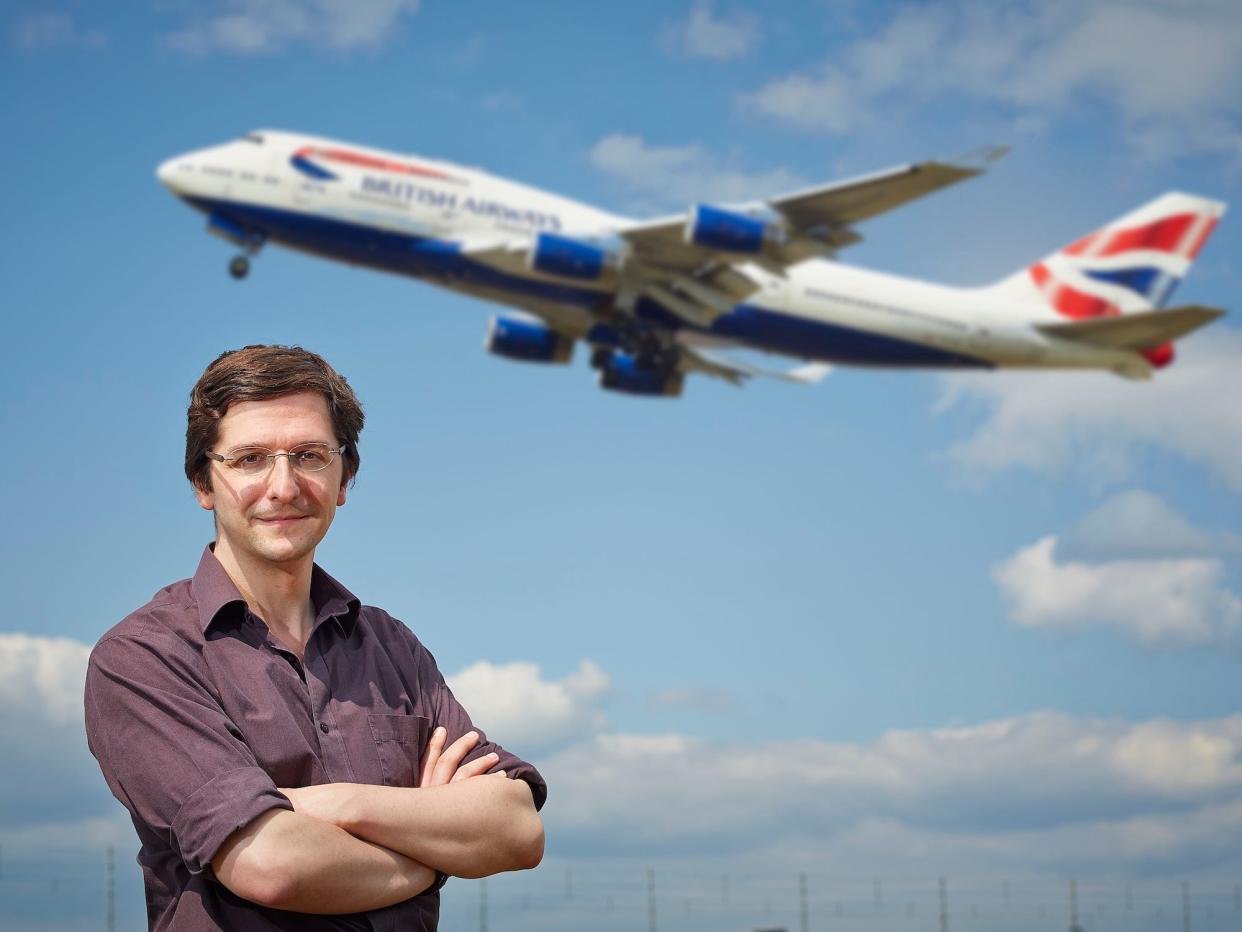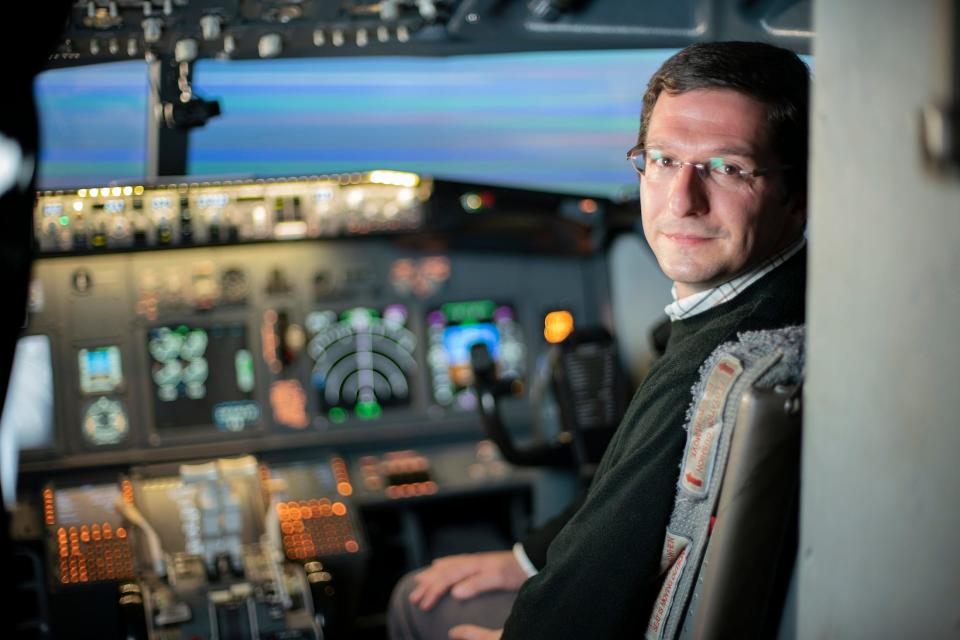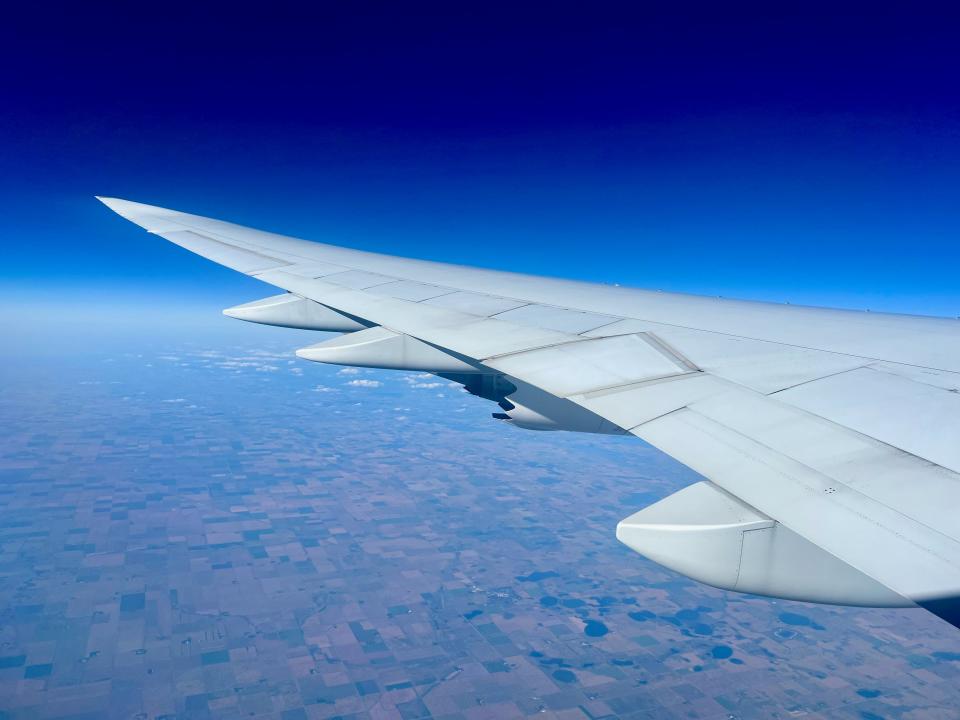A top turbulence scientist explains how he stays calm on bumpy flights

Paul Williams studies how climate change is increasing invisible turbulence in the atmosphere.
Though he knows it's usually safe, he still has to deal with "monkey brain" fear on bumpy flights.
To help ride out turbulence, Williams distracts himself or watches his drink barely move.
Paul Williams has been studying turbulence for a decade, but he still didn't like encountering it on a flight to the Dominican Republic last year.
"The whole flight was turbulent — mostly light, but I do remember it getting quite hairy in the middle somewhere," Williams, an atmospheric scientist at the University of Reading in the UK, told Business Insider.
"I stare at the equations all day, and I understand that it's safe usually — almost always safe. But it's that primitive part of your brain, the monkey brain that just doesn't concern itself with logic," he said. "It can be scary."
Williams's research doesn't bode well for the world's armrest-clutchers. He's found that rising global temperatures bring more wind shear to the jet stream. That means more clear-air turbulence — the kind that's not associated with storms or mountains, and can sneak up on pilots.

His research group found that, by 2020, severe clear-air turbulence in the North Atlantic had increased 55% over 1979 levels. He expects it to get worse in the coming decades.
But Williams has a few tricks up his sleeve for tolerating turbulence.
Watch your drink
Williams learned this hack from a flight attendant: If you have a drink, put it on your tray table and watch the liquid.
"It always feels terrible, but actually, if you watch the water level, it's hardly moving. It's never as bad as it seems," he said.
That can be more objective than whatever is happening in your head.
"The surface of the drink is usually pretty steady and flat," he said.
If you just go by the feel of your body, he added, "you might think it'd be being thrown around all over the place and coffee shooting out."
Distract yourself and don't look out the window
Williams's go-to move, though, is distraction. Rather than trying not to worry about the turbulence, he watches a movie or listens to music — "something nice to focus on," he said.
"Don't look out the window, because you will see the wings bending up and down, and that looks horrendous," he added.
Or, do look out the window
The plane's wings are supposed to bend, in order to disperse some of the energy that would otherwise cause you to bounce all over the place.

"It's a bit like the suspension in your car that smooths out the potholes," Williams said.
For some people, seeing the wings do their job might be reassuring.
Other adaptations might balance out the climate-driven turbulence surge, like better forecasting and new lidar technology that could use to lasers to show pilots upcoming clear-air turbulence.
If airlines keep innovating, more turbulence in the atmosphere doesn't have to mean more turbulence on your flight.
Stay buckled in
Wearing your seatbelt whenever you're seated, no matter how smooth your flight is, will keep you secure in case of sudden turbulence.
For nervous flyers, that protection could be comforting. It's also just good safety practice.
Severe turbulence — the kind that throws people out of their seats — is extremely rare. But when it does happen, anyone unbuckled is more likely to get hurt.
Wearing a seatbelt is "the closest thing you'll get to a guarantee of safety," Williams said.
Read the original article on Business Insider

